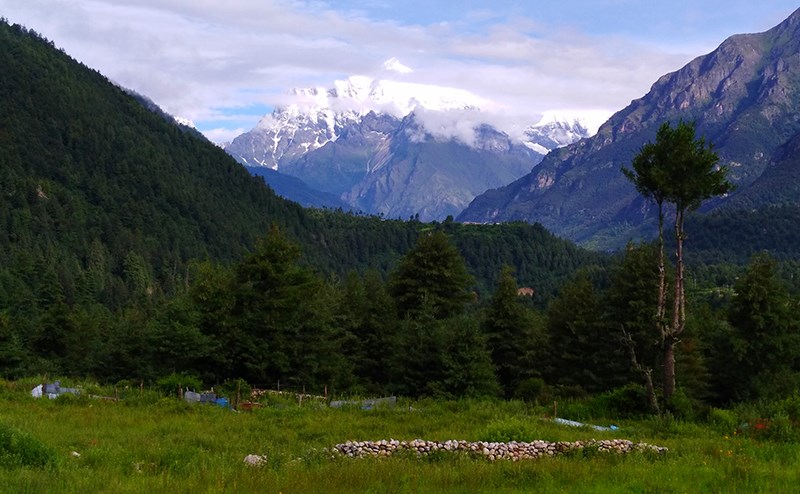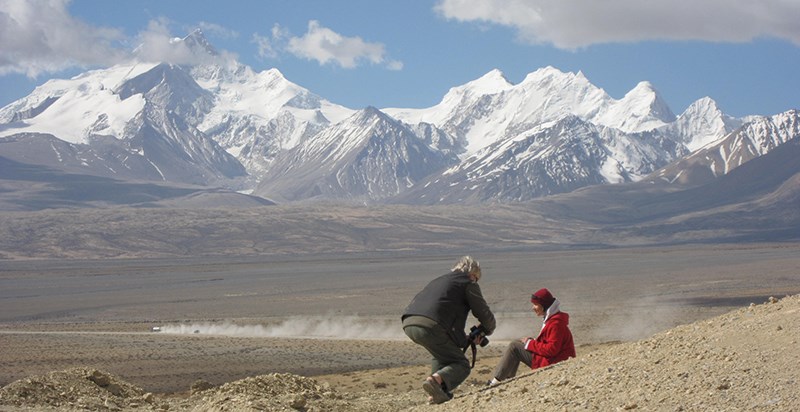INFOS & SERVICE
OUR OTHER WEBSITES
Kathmandu - Kyirong
Welcome to Tibet, China

Kyirong - Paiku Tso / Xixiabangma - Shegar
Paiku Tso Lake, view of Xixiabangma

Shegar - Rongbuk / Everest BC - Shegar
Rongbuk Monastery, Admiring Everest, Sunrise over Qomolangma (Everest)

Shegar - Shigatse
Tashilunpo Monastery

Shigatse
Formalities for self drive in China

Shigatse – Gyantse – Yamdrok – Lhasa
Pelkor Monastery, Kumbum Stupa, Yamdrok Lake

Lhasa
Potala Palace – landmark of Lhasa, Jokhang and Barkhor Street

Lhasa
Panoramic view over Potala, Norbulingka, Debate in Sera

Lhasa - Tsurpu - Nam Tso
Nam Tso, Nyenchen Tanglha Mountain

Nam Tso - Damxung - Naqu - Yanshiping (4700m)
Qinghai-Tibet Highway, wild landscapes

Yanshiping - Tuotuohe - Kunlun Pass (4767m) - Golmud (2808m)
Qinghai-Tibet Highway, wild landscapes

Golmud - Dulan - Chaka Salt Lake (3059m)
The Qinghai-Tibet Plateau, Chaka Salt Lake

Chaka - Daotanghe - Koko Nor (3196m) - Xining (2295m) - Tongren
Koko Nor Lake, Sun-and-Moon mountain, Kumbum Monastery (Ta’er Si)

Tongren - Xiahe - Linxia
Longwu Monastery, Wutun Monastery, Rebgong Art, Labrang Monastery

Linxia - Tianshui
Maijishan grottoes

Tianshui - Xian
Drive along the Silk Road

Xian
The Eighth Wonder-Terracotta Army, Grand Wild-Goose Pagoda, the best-preserved Chinese city wall

Xian - Hancheng
Hancheng old town, old residences in Dangjiacun village, ancestral temple of Simaqian

Hancheng - Pingyao
Visit the old town of Pingyao

Pingyao - Taiyuan - Datong
Hanging temple in Hunyuan

Datong - Xuanhua - Beijing
Yungang Grottoes, Nine Dragon Wall

Beijing
Imperial Palace, Tian'anmen Square, view of the Forbidden City from Jingshan Park, Temple of Heaven

Beijing - Badaling - Ulanqab
Hike on the Great Wall at Badaling

Ulanqab - Erlianhaote - Mongolia
Farewell to China

Private travel, great experiences! Please contact us for your tailor-made travel offer.
With individual China Tibet travel, you can decide when, where and how you go on tour by yourself. What's more, you can choose the length of travel and whom you go with.